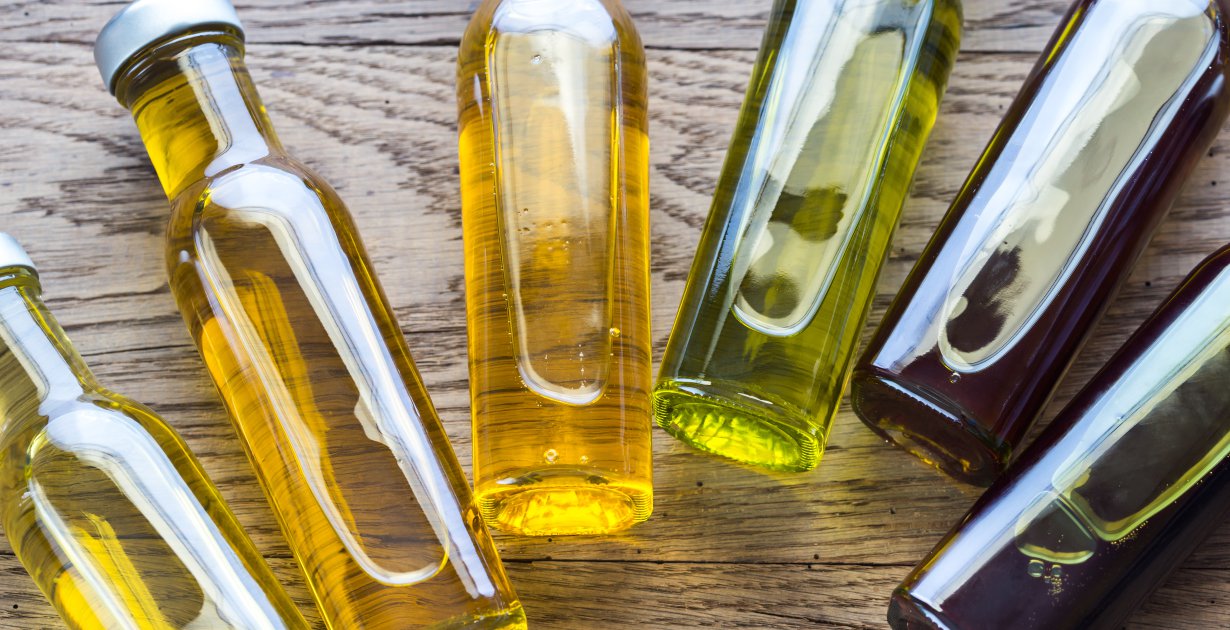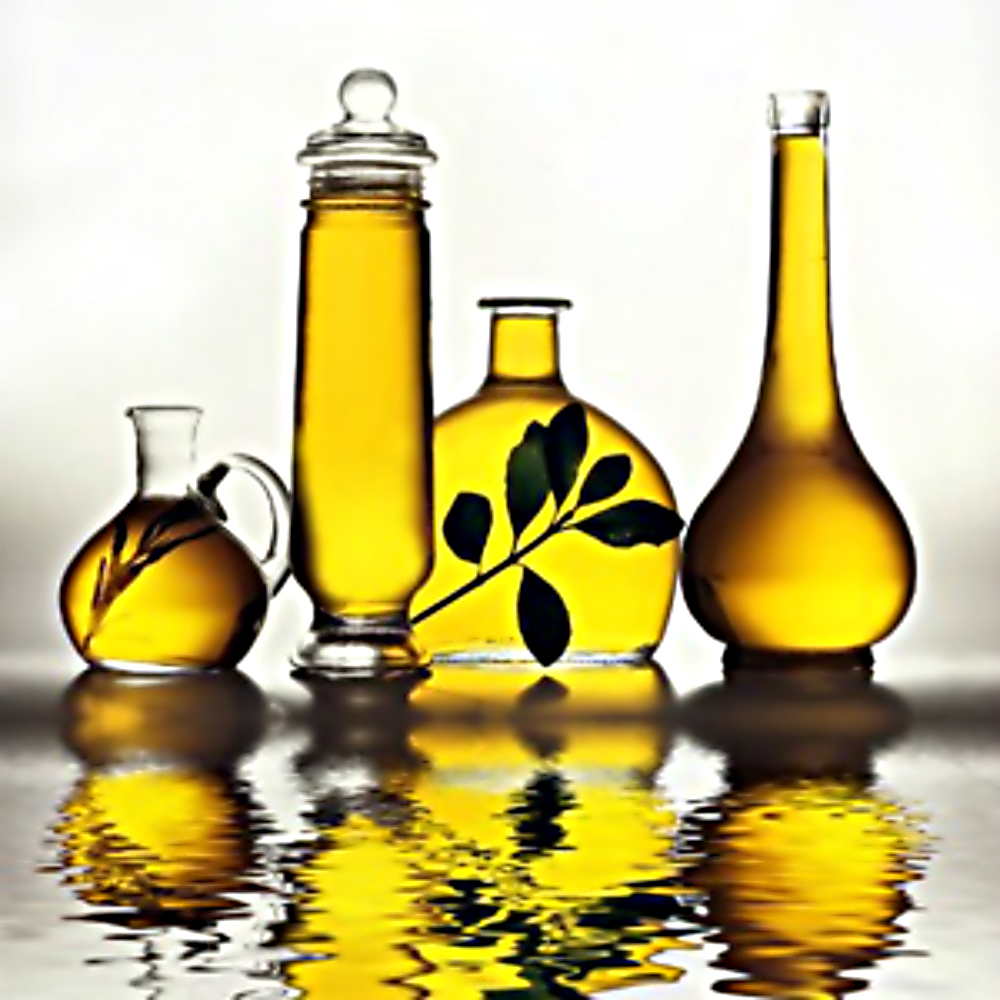What are carrier oils and what are its characteristics?
Base oil or vegetable oil better known as carrier oil are used to dilute essential oils before they are applied to the skin for massages in the art of aromatherapy. Carrier oils are so named because they help carrying the essential oil onto the skin making it healthy and useful for our body.
It is a must to dilute essential oils with carrier oils before using it on skin since if applied to the skin undiluted it can cause redness, burning and other skin irritations and irregularities. Examples of carrier oils include: Avocado oil, Jojoba, Coconut oil, Olive oil or Almond oil. Examples of essential oils include: Lavender oil, Rosemary oil, Baobab oil, Thyme oil, etc.
Unscented body lotion and Aloe vera gel too can be used as carriers but since they are not exactly oils or naturals they are not usually mentioned on lists.

There are various carrier oils available in the market each with different sets of properties and having different therapeutic properties. Each carrier when mixed or diluted with essential oils gives off a different aroma, color or additional value.
Which carrier oil you use to dilute the essential oil depends on the therapeutic value you are looking for.
Shopping for carrier oils:
A lot of consideration has to be put in while buying carrier oils. It is much safer and useful to buy carrier oils that are cold-pressed instead of the ones that are hot-pressed. When carrier oils are heat processed the oil loses its fatty acids and a lot of its benefits. The high temperature and duration with which it is heated basically destroys the nutrients of the oil which is not the case in case of cold-pressed oils.
But cold-pressed oils are also mostly more expensive in comparison to hot-pressed ones available in the market. It is also best to buy a carrier which is not the combination of one or more oils and has no extra additives. Also while purchasing any carrier oil it should be kept in minds that most carrier oils do not contain any smell whatsoever. Some contain a faint sweet smell though.
But if the carrier oil you are purchasing is giving off a strong odor the bottle might have been kept on for too long. It is also best to stay away from bottles that have accumulated dust over time indicating that it has been sitting idle for quite some time. The fresher the bottle, the more efficient will its uses be.
Best carrier oils for essential oils:
As we know by now, carrier oils are basically used to dilute essential oils. But there are numerous factors that should be considered while choosing which the best carrier oils available in the market are. The factors that need to be considered are the following.

- Aroma
- Color
- Processing technique
- Vital nutrients
- Presence of essential fatty acids
- Shelf life
- Organic
- Absorption capacity
- Storage
- Viscosity or density
- Price
Upon considering all these things a general list of all the best carrier oils are the following:
- Cranberry Seed Oil
- Jojoba
- Sunflower oil
- Argan Oil
- Moringa Oil
- Olive Oil
- Avocado Oil
- Sweet Almond Oil
- Hazelnut Oil
- Sesame Oil
- Castor Oil
- Neem Oil
- Borage Seed Oil
- Rose Hip Oil
- Wheat Germ Oil
What is the carrier oil to essential oil dilution ratio?
Although it is a popular and widely known fact that essential oils should not be applied undiluted or neat to your skin, many aromatherapy specialists or blog writers often suggest that using faint or weak essential oils such as Tea Tree and Lavender will cause no irritation to the skin. But that too is best if avoided.
No essential oil should be applied directly onto your skin without before mixing it with some sort of carrier oil. Using them undiluted is sure to result in severe skin irritation, redness, burning and various other skin problems.
But these are not ruses to scare you off using essential oils. Essential oils have a myriad of benefits and can help anyone who has a very rogue lifestyle or is suffering from serious injuries or illness. In case of essential oils it is best to remember that less is more. Using carrier oils not only add to the benefits of essential oils but they also save a bunch of money.
The carrier to essential oil ratio is 2% of essential oil dilution. Using a 2% essential oil dilution is safe for normal use but it can be toned down for the usage of the elderly and children. For people who have been using a stronger dilution or no dilution at all, the first few uses of the diluted mix will obviously seem weaker in terms of aroma and density but you and your skin will get adjusted to it over time.
How to mix essential oils with carrier oils?
Mixing or diluting may seem like a fairly simple task since each essential oil bottle comes with a dropper. The dropper is the easiest and simplest method to measure quantities of essential oil but to be honest it is not really 100% effective.

The reason being, all essential oils are different. The temperature, nutrients, density everything varies. One drop of some essential oil will most likely not equal to the drop of another essential oil. If you want to make a more accurate 2% dilution you can mix the essential in larger quantities. You can add any 30ml of any cold-pressed carrier oil to 12 drops of essential oil. 600 drops of essential oil amount to 30ml of any carrier oil so it makes for a fairly accurate dilution. But if you want to make a dilution of different quantities and in some small quantities you can follow the chart stated below:
- 0.5% – Less than 1 essential oil drop and 1 tbsp carrier oil
- 1% – 1 E.O. drop and 1 tbsp carrier oil
- 2% – 3 E.O. drops and 1 tbsp carrier oil
- 3% – 4 E.O. drops and 1 tbsp carrier oil
- 4% – 5 E.O. drops and 1 tbsp carrier oil
- 5% – 7 E.O. drops and 1 tbsp of carrier oil




